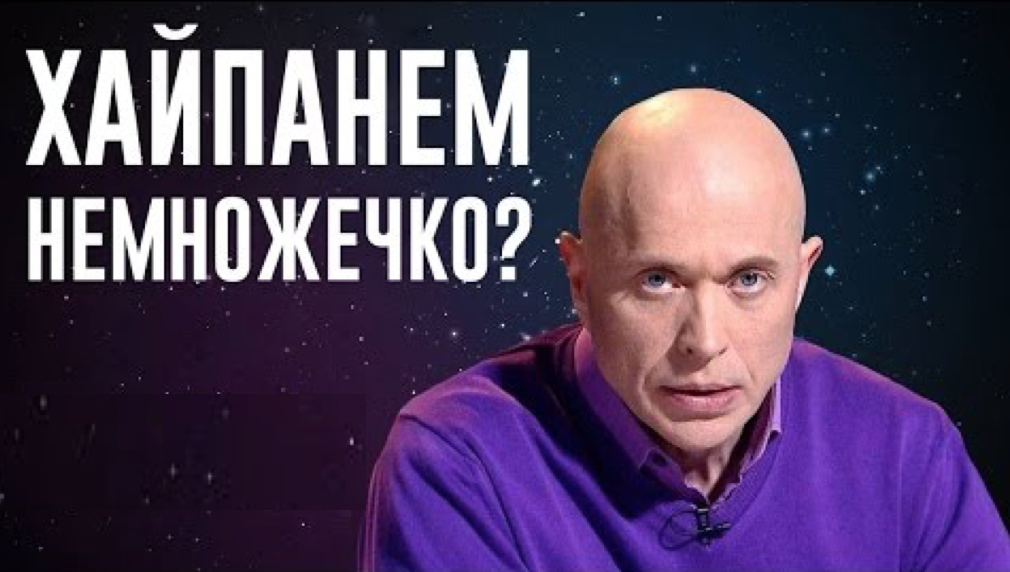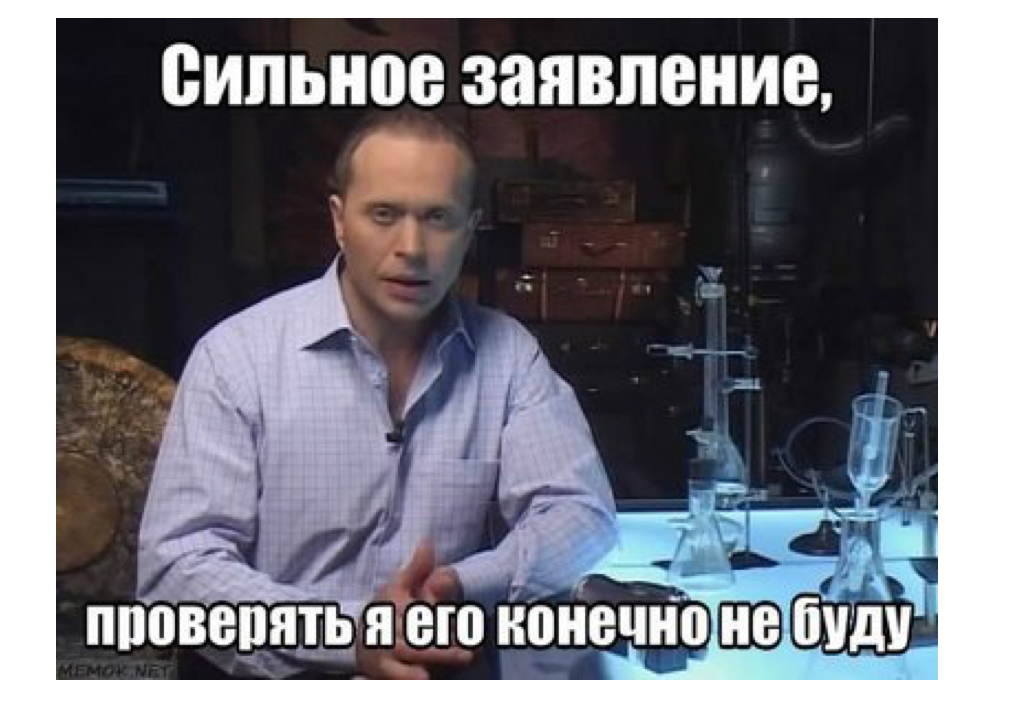Why many still do not understand the essence of the blockchain

Today, blockchain is still an incomprehensible technology for many, and this makes it difficult to evolve. 99% of the population do not understand what blockchain is, bitcoin, or cryptocurrency. Scholars, technical visionaries and experts try to explain in different ways, but often only make the subject of discussion even more incomprehensible, raising new questions more than introducing clarity.
Many blockchain discussions are of a purely technical nature, and therefore useless for the general public to understand. As a result of most discussions, a situation arises when the “tail wags the dog”: it seems that the blockchain is a solution that is still waiting for the appearance of its problem. And it gives food to many skeptics.
')

It is probably time for a new step. Instead of bringing confusion with painful explanations, we need to approach the blockchain technology in terms of its relationship with the Internet and the web , two related subjects. In particular, reduce the task of understanding the blockchain to simpler terms.
Before the advent of the web, the Internet was the same incomprehensible technology as blockchain today. That is, it was popular only among techies at universities, research laboratories and research centers. In 1993, the web appeared as we know it today. An additional level of simplification appeared, hiding the Internet for most people. Suddenly, it was found that thanks to the Web, you can easily cross-link information in an extensive computer network, and for this you do not need to be a techie.
When the web was not there, then to get to the Internet, you had to have technical knowledge about connecting a computer to the network. The web has eliminated this “geeky” need, now it was enough to enter the address in the line, and a readable text (web page) appeared on the screen. In essence, this was the result of a brilliant insight by Tim Berners-Lee.
Thanks to the web, five key opportunities have emerged over the next 23 years:
• Email,
• the possibility of posting information to the network by anyone,
• electronic commerce (E-Commerce) for consumers,
• e-business for corporations
• a dynamic social networking environment.
Most of what we see on the web today, including the mobile web, is derived from the listed functions.
In 2008, Bitcoin appeared, a sort of philosophical technology, concocted by a mysterious creator who disappeared as soon as his creation took the first breath. If the main value of the web was originally “information binding”, then the blockchain has this “money transfer”.
This is a key point in understanding the blockchain. Almost everything related to this technology is derived from this main idea, with the proviso that when transferring funds between two feasts there should not be any third party, as it should not be when you post information on the web.

We also need to remember about two key properties of the blockchain, presenting them as Lego cubes:
1) The blockchain has a "sense of ownership": each "unit of funds" knows who owns it, and does not need a third party to verify ownership.
2) The blockchain is known for the account balance, it can generate irrefutable transaction timestamps, thanks to which the records are protected from interference.
Go ahead. Adding programmability and various permutations to the process of assembling these Lego cubes, and applying all this to our real-life tasks, we will get unlimited innovative potential to create new economic and business models.
For example, a blockchain can act as a central bank that issues and traces its currency with tremendous accuracy. For comparison, today central banks are not able to track money. The blockchain can also maintain a general accounting journal, reward participants for performing important work, transfer money, property rights and other rights between users, subject to certain conditions. Finally, the blockchain can streamline any combination of business logic, from operations to management and compliance with the law, independently monitoring the execution of agreements. When performing a recurring task assigned to him, the blockchain has the memory of an elephant and the steadiness of the Mechanical Turk.
Imagine that we could replace almost all structures, whose work is somehow based on trust, with new ones, which have trust built into specific transactions, which means there is no need for validation by third parties. Today we take these functions of trust for granted, because there is no other way to guarantee confidence, except for passing along the chain of owners and controllers: banks, notaries, lawyers, governments and other supervising institutions.

The main result of the spread of the blockchain will be another scrapping, familiar to us after the arrival of the web: it will affect the changing roles of intermediaries . The sealed envelope replaced e-mail, the newspaper was ahead of constantly updated news sites, online shopping turned into an alternative to traditional shopping, and instead of social events and parties, we now have sites such as Facebook, LinkedIn and Twitter.
As for the general public, the degree of understanding of what constitutes a blockchain is based on the realization that this is another form of imminent destruction of the system of intermediaries. This is part of the evolution of the web: some intermediaries will be ousted, others will adapt, new ones will arise.
In essence, the blockchain is a technological promise. But, like any promise, he needs time to take shape. And for this we must understand it in simple, convincing terms.
Today, no one forces you to use the web, but you can not afford to do this? The blockchain will be the same when it turns into the best of the new tools in this decade.
Another point of view
I must say that not everyone agrees with the above point of view. Some consider the blockchain to be a highly specialized solution to a specific problem, and no more. The blockchain was created by a man who rejected the ideas of fixed currency, government regulation and financial institutions. He / she / they wanted to save electronic money from the centralized supervision of the “digital reserve banks”. And this seemingly unsolvable problem was solved with the help of a carefully thought-out brilliant algorithm that creates a network of thousands of computers that vote on the order in which transactions appear in the pool. The problem is called Double Spend. And the solution is the multiple process participants tracking each transaction so that not a single Bitcoin is spent twice.
And this is all that the blockchain does. It creates a consensus on the order in which records appear in the accounting journal of funds. It does not and cannot create a consensus on any other issues without additional external processes: user registration, permission management, access control and encryption. All these additional processes require centralized management, which was opposed by the creator of Bitcoin. Nakamoto has developed an excellent solution to the problem of Double costs, but no more. He / she / they said that if a third party is required for your cash register, the blockchain loses its advantages.
That's what many people don't understand about blockchain. If we accept the true purpose of the blockchain for ourselves, then it will become clear that most applications other than the original anarchist goal for this philosophically purposeful technology simply do not fit.

ZY Considering that the topic is HYIP, I propose to move to the comments and express my point of view.
Source: https://habr.com/ru/post/328704/
All Articles